Kerdi Drain Theory
bill_g_web
12 years ago
Featured Answer
Comments (24)
MongoCT
12 years agobill_g_web
12 years agoRelated Professionals
Albany Kitchen & Bathroom Designers · Bethpage Kitchen & Bathroom Designers · East Peoria Kitchen & Bathroom Designers · Four Corners Kitchen & Bathroom Designers · Henderson Kitchen & Bathroom Designers · Hershey Kitchen & Bathroom Designers · North Versailles Kitchen & Bathroom Designers · 20781 Kitchen & Bathroom Remodelers · Warren Kitchen & Bathroom Remodelers · Lawndale Kitchen & Bathroom Remodelers · Hialeah Glass & Shower Door Dealers · Santa Rosa Glass & Shower Door Dealers · East Moline Cabinets & Cabinetry · White Oak Cabinets & Cabinetry · Creve Coeur Window TreatmentsAvanti Tile & Stone / Stonetech
12 years agodavidro1
12 years agoterezosa / terriks
12 years agobill_g_web
12 years agodavidro1
12 years agoterezosa / terriks
12 years agocstheday52
12 years agoUser
12 years agocstheday52
12 years agodavidro1
12 years agoMongoCT
12 years agoBilll
12 years agobill_vincent
12 years agocstheday52
12 years agobill_vincent
12 years agocstheday52
12 years agoMongoCT
12 years agobill_vincent
12 years agoMongoCT
12 years agobill_vincent
12 years agocstheday52
12 years ago
Related Stories

BATHROOM DESIGNHow to Choose the Best Drain for Your Shower
Don't settle for a cheap fix when you can pick a shower drain that suits your style preferences and renovation codes alike
Full Story
BATHROOM DESIGNConvert Your Tub Space Into a Shower — Waterproofing and Drainage
Step 4 in swapping your tub for a sleek new shower: Pick your waterproofing materials and drain, and don't forget to test
Full Story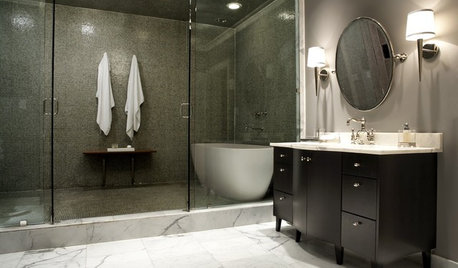
BATHROOM DESIGNHow to Choose Tile for a Steam Shower
In steamy quarters, tile needs to stand up to all that water and vapor in style. Here's how to get it right the first time
Full Story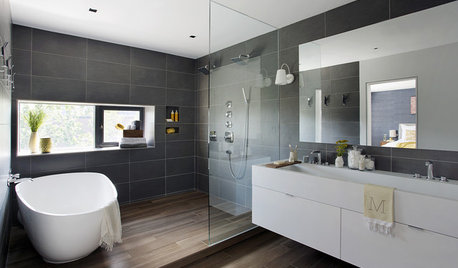
SHOWERSYour Guide to Shower Floor Materials
Discover the pros and cons of marble, travertine, porcelain and more
Full Story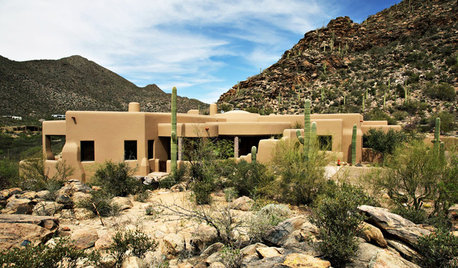
TRADITIONAL ARCHITECTURERoots of Style: Pueblo Revival Architecture Welcomes Modern Life
Centuries-old details of adobe construction still appeal in the desert Southwest, adapted to today's tastes
Full Story
BATHROOM DESIGNHow to Settle on a Shower Bench
We help a Houzz user ask all the right questions for designing a stylish, practical and safe shower bench
Full Story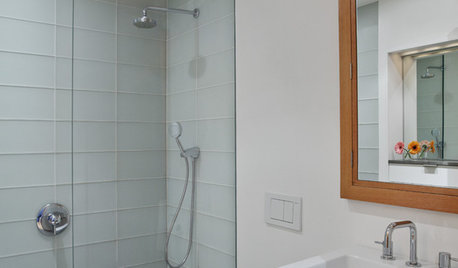
BATHROOM DESIGNConvert Your Tub Space to a Shower — the Planning Phase
Step 1 in swapping your tub for a sleek new shower: Get all the remodel details down on paper
Full Story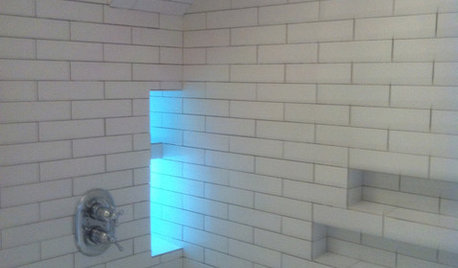
BATHROOM DESIGN10 Top Tips for Getting Bathroom Tile Right
Good planning is essential for bathroom tile that's set properly and works with the rest of your renovation. These tips help you do it right
Full Story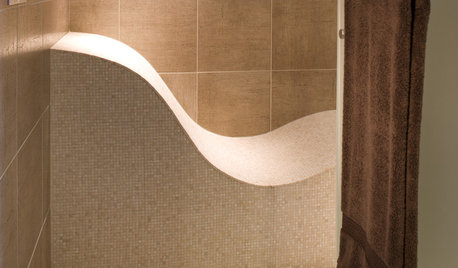
REMODELING GUIDESTop 10 Tips for Choosing Shower Tile
Slip resistance, curves and even the mineral content of your water all affect which tile is best for your shower
Full Story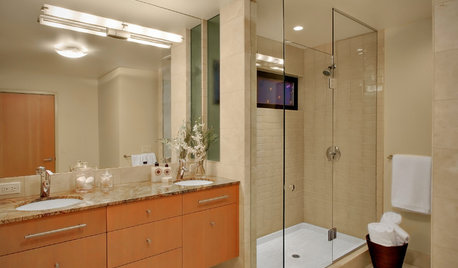
BATHROOM DESIGN7 Reasons Why Your Shower Floor Squeaks
No one wants to deal with a squeaky fiberglass shower floor. Here's what might be happening and how to fix it
Full StoryMore Discussions






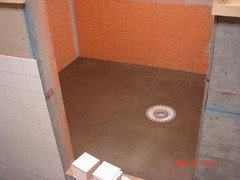

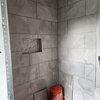

cstheday52